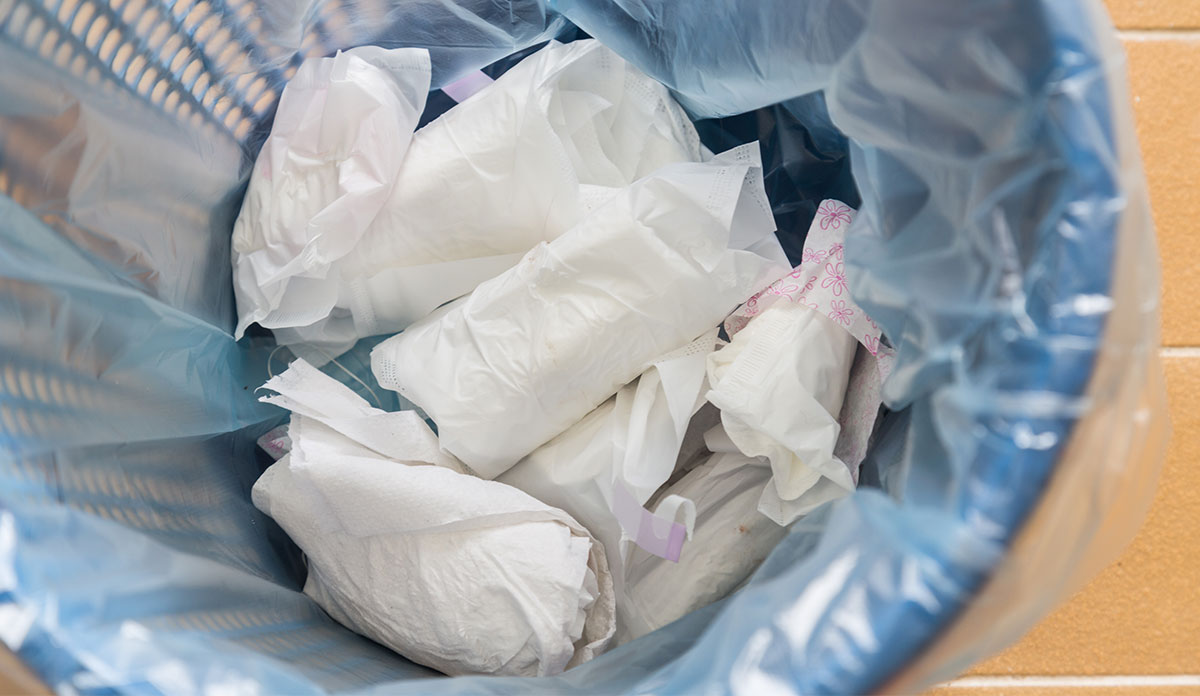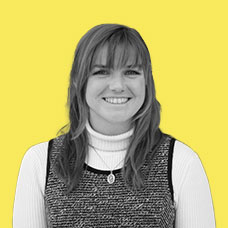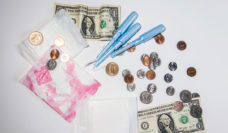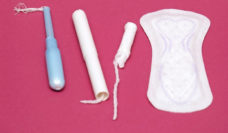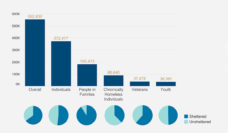Imagine the scenario: you have dried blood down your thighs. It’s sticky, itchy, and uncomfortable. You tried stopping it with a now-overflowing pad and a wad of toilet paper from a bathroom stall. You don’t have access to a shower until tomorrow—maybe the next day.
In the U.S., 17 million people who menstruate are living in poverty. Though women are 38% more likely to live in poverty, most states don’t allow food stamps as payment for period products. Two-thirds of low-income women reported struggling to access pads, tampons, and washing facilities. This is known as period poverty. In 2019, there were roughly 568,000 people unhoused, 38% of which were women. Women experiencing homelessness struggle obtaining supplies for their menstrual cycle.
In 2016, New York City passed a legislative bill to increase access to free feminine products. This bill required the Department of Citywide Administrative Services (DCAS) to supply products in temporary shelters. Caitlin Gruer and colleagues evaluated the menstrual experiences of unhoused individuals after the bill was enacted. They conducted 37 in-depth interviews of people living on the street, in shelters, and service providers.
“What we need is more access, in more spaces, with less stigma.”
All participants experiencing homelessness reported difficulty obtaining sufficient menstrual products from providers—in shelters and on the streets. People in shelters had easier access obtaining free materials or purchasing products when shelters ran out of stock; people living on the street reported that they often resorted to theft or panhandling to raise money for supplies. As a substitute, some created makeshift pads and tampons from rags, cut t-shirts, and wadded up toilet paper.
Shelter staff reported that supplies often fell far short of need. Depending on the shelter, product distribution happened on designated days. Most had one person in charge of distribution, who wasn’t necessarily available throughout the week. The researchers also found inconsistent supplies in shelters. Some service providers reported having to ration menstrual supplies because shipments failed to show up consistently. Shelter workers couldn’t predict when shipments would arrive from DCAS and so were forced to withhold materials from women in need.
As one study participant said, “No, there is no choice. You get what they got.” Another mentioned she had to find bathrooms every 2-3 hours because products she received from shelters didn’t work well. Typically, a pad or tampon should last 4-8 hours.
Improper period care can result in adverse health effects. Wearing materials for too long or infrequent washing can cause urinary tract infections and skin infections among many others.
Interviewees mentioned a lack of gender acceptance in some shelters. Not all people who menstruate are women or feminine-presenting. Some male shelter workers reported feeling uncomfortable distributing materials to women and transgender clients. One shelter guest said, “The humiliation is that you have to keep going back and asking them…in front of NYPD and DHS security. Most of those are male staff.” As a result, transgender and gender non-conforming individuals may only access menstrual products when they feel comfortable asking.
Safe and dignified menstruation is fundamental to the health and comfort of individuals. While this legislation is helpful, it is not enough. Many unhoused individuals reported not knowing they could access menstrual products at shelters; some providers didn’t know either. A new bill is in the New York senate for including coverage of menstrual products under the food stamp program. As one service provider who previously experienced homelessness summarized, “What we need is more access, in more spaces, with less stigma.”
Photo via Getty Images









